In the early morning of the 23th of January 2018 the R/V POEIDON left Las Palmas and sailed in the following two days to the coast of Mauritania. During the transit the scientists set up their labs, took initial test measurements and checked the functionality of all their equipment for the upcoming research.
Using satellite data, Florian creates daily images showing the sea surface temperature off the coast of Mauretania. Using these up-to-the-minute data, the research team planned the location for the drifter’s deployment and the first measurement of the CTD (conductivity-temperature-depth sonde). This Thursday the R/V Poseidon reached the study area. In the following hours, the research ship sailed along the coast. The scientists used surface measurements of temperature, N2O and CO2 to identify an upwelling patch where the drifter can be deployed and tracked in the coming days. The coast of Mauritania is an area where, during this time of the year, upwelling occurs. This deep water is particularly rich in nutrients. In connection with the sun, the surface ocean in the upwelled area shows high biological productivity. This natural laboratory will be used by the researchers during this expedition to study the impact of biologically influenced surface layers on the gas exchange of climate relevant gases as CO2 and N2O. Not only nutrients, but also gases such as CO2 and N2O are transported to the surface with the upwelled water masses. Both gases will be released to the atmosphere by gas exchange, while CO2 is also taken up by biological processes. Studying the fate of both gases together will result in estimates for the productivity of this area.
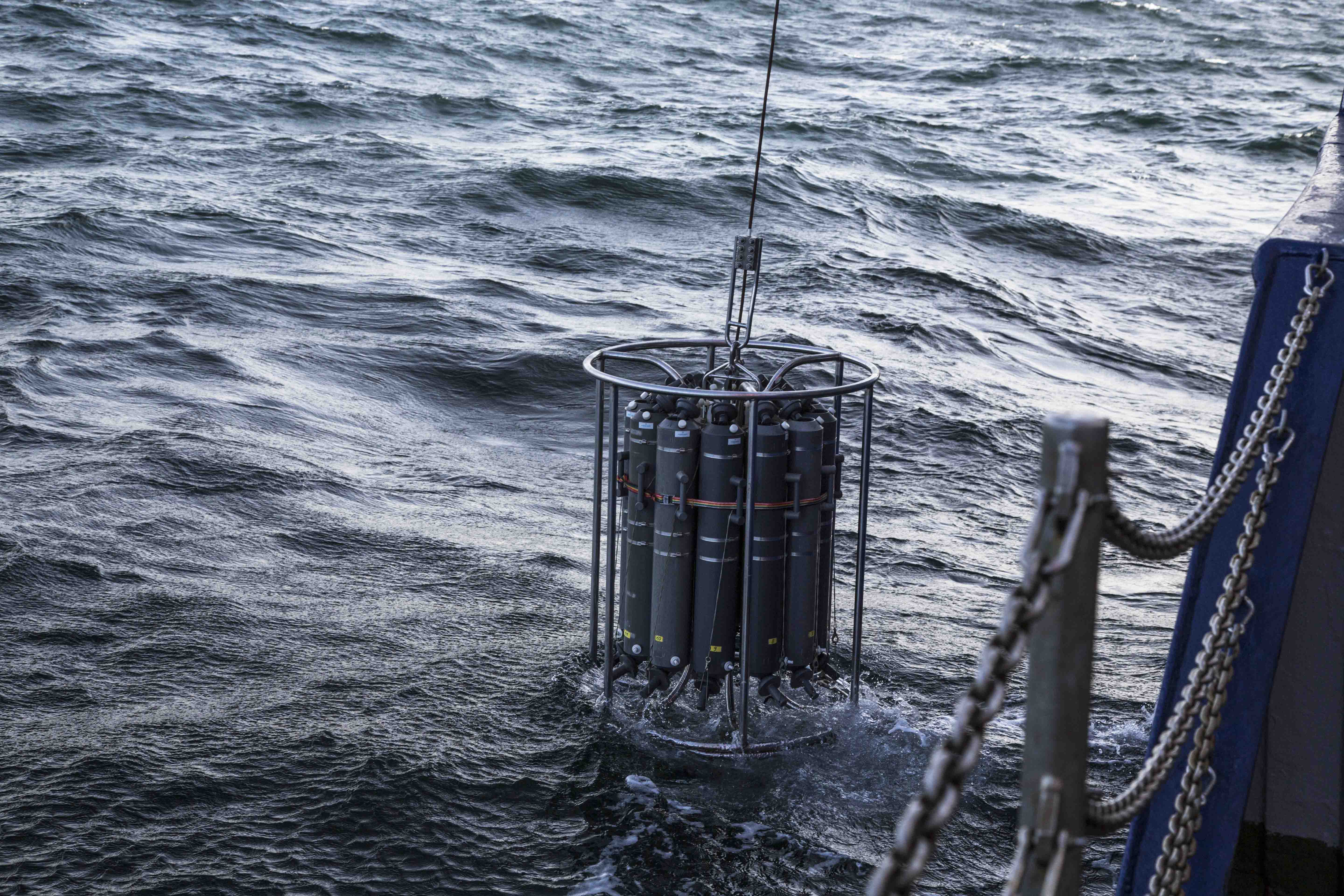
The first CTD is launched. Die erste CTD wird zu Wasser gelassen. (Credit: Lisa Hoffmann, CC BY-NC-ND)
In den Morgenstunden des 23. Januars 2018 legte die FS POSEIDON in Las Palmas ab und bewegte sich in den kommenden zwei Tagen gen Süden bis vor die Küste Mauretaniens. Während der Zeit des Transits richteten sich die Forscher an Bord und in den Laboren ein, machten erste Testmessungen und überprüften all ihre Geräte für die anstehenden Messungen.
Florian erstellte jeden Tag mit Hilfe von Satelliten-Daten Bilder, die die Wassertemperatur vor der Küste Mauretaniens darstellen. Mit diesen tagesaktuellen Daten plante das Forschungsteam den Ort für das Aussetzen des Drifters und die erste Testmessung der CTD. Am heutigen Donnerstag erreichte die F/S POSEIDON das Forschungsgebiet. In den folgenden Stunden fuhr das Forschungsschiff entlang der Küste und es fanden Messungen von Oberflächentemperatur, CO2- und N2O-Gehalt statt, die Aufschluss geben sollten, wo sich ein frisches Auftriebspatch befindet, in den der Drifter ausgelegt und in den kommenden Tagen verfolgt werden kann. Vor der Küste Mauretaniens kommt es zu dieser Jahreszeit zu solchen Ereignissen, wo Tiefenwasser an die Oberfläche kommt, welches besonders nährstoffreich ist. In Zusammenhang mit der Sonneneinstrahlung kommt es hier zu besonders hoher biologischer Produktivität. Dieses natürliche Labor soll in der kommenden Zeit von den Wissenschaftlern genutzt werden, um zu untersuchen welchen den Einfluss biologische Oberflächenfilme auf den Austausch von klimarelevanten Gasen wie CO2 und N2O haben. Denn mit dem Tiefenwasser kommen nicht nur Nährstoffe, sondern auch Gase wie CO2 und N2O an die Oberfläche. Durch die hohen Konzentrationen gasen beide Gase in die Atmosphäre, wobei CO2 noch zusätzlich durch biologische Prozesse aufgenommen wird. Dies wollen sich die Forscher zunutze machen, um auch die Produktivität solcher Auftriebsgebiete zu bestimmen.
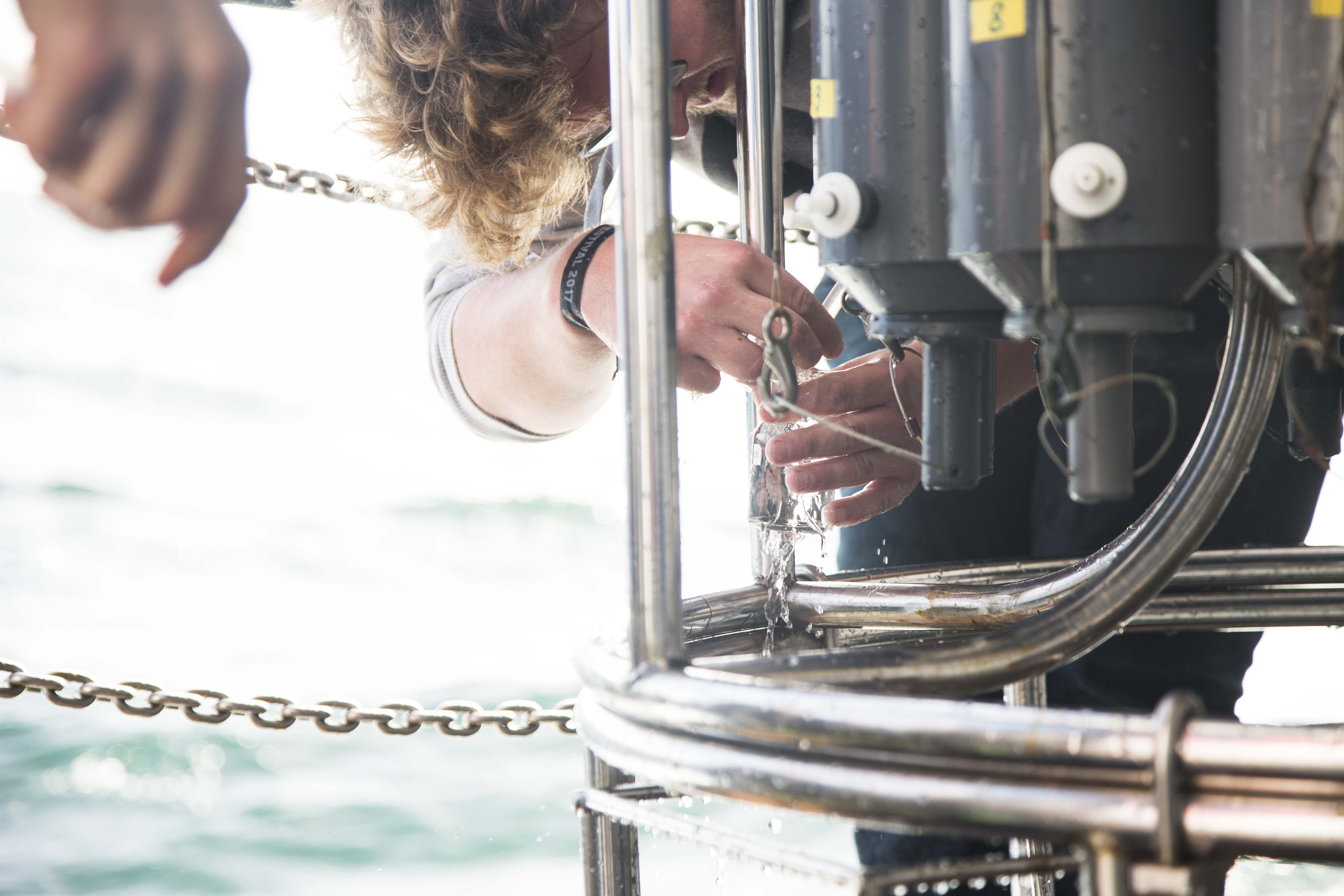
Ludwig takes water samples of different depths to measure the concentration of O2. Ludwig nimmt Wasserproben aus verschiedenen Tiefen zur Bestimmung des Sauerstoffgehalts. (Credit: Lisa Hoffmann, CC BY-NC-ND)
Text: Lisa Hoffmann
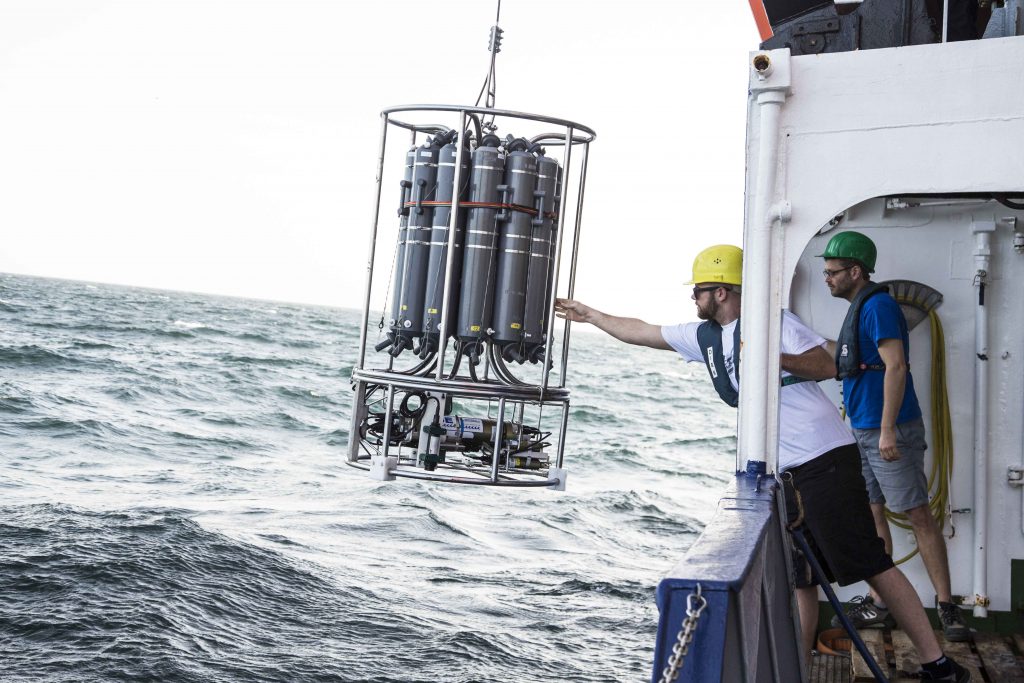
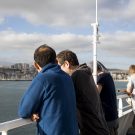
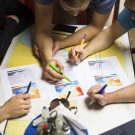
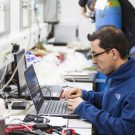
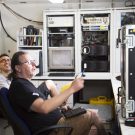
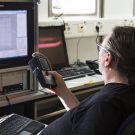
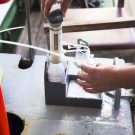
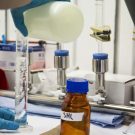
Greetings from Hamburg☆☆☆very interesting!☆☆☆good times☆☆☆